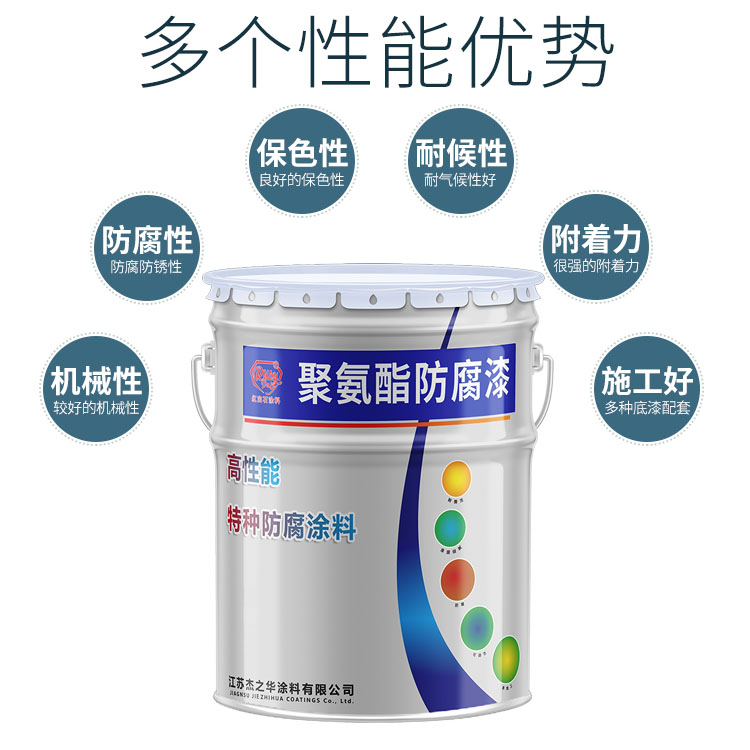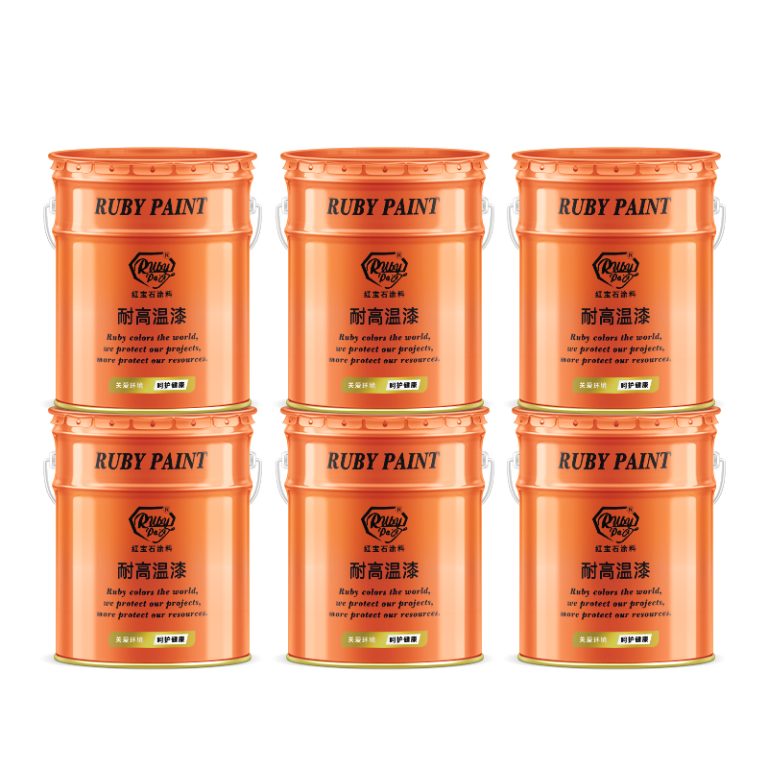Table of Contents
Optimizing Industrial Paint Supply Chains for Efficiency and Cost Savings
Industrial paint supply chains are crucial components of various industries, playing a vital role in ensuring efficient operations and quality outcomes. From automotive manufacturing to construction projects, the demand for high-quality industrial paint is constant. However, optimizing these supply chains for efficiency and cost savings presents a significant challenge that requires strategic planning and implementation.
One key aspect of optimizing industrial paint supply chains is ensuring a streamlined procurement process. This begins with identifying reliable suppliers who can consistently deliver high-quality paint products in a timely manner. Establishing long-term partnerships with trusted suppliers can help mitigate risks associated with supply chain disruptions and fluctuations in paint availability.
Moreover, implementing just-in-time inventory management practices can further enhance efficiency and reduce carrying costs. By maintaining optimal inventory levels based on demand forecasts and production schedules, companies can minimize excess inventory holding costs while ensuring sufficient stock to meet customer requirements. This approach also facilitates better cash flow management by reducing the amount of capital tied up in inventory.
In addition to procurement and inventory management, optimizing transportation logistics is essential for minimizing lead times and reducing transportation costs. Utilizing advanced routing and scheduling software can help companies optimize delivery routes, consolidate shipments, and minimize empty miles, thereby improving fuel efficiency and reducing transportation expenses.
Furthermore, investing in technology and automation can streamline various aspects of the industrial paint supply chain, from order processing to inventory tracking. For instance, implementing an integrated supply chain management system can provide real-time visibility into inventory levels, order statuses, and delivery schedules, enabling proactive decision-making and faster response to changing market conditions.
Another critical aspect of optimizing industrial paint supply chains is ensuring compliance with regulatory requirements and environmental standards. This includes proper handling, storage, and disposal of hazardous materials, as well as adhering to regulations related to emissions, waste management, and worker safety. By investing in training programs and implementing best practices, companies can minimize the risk of regulatory violations and associated penalties.
Moreover, fostering collaboration and communication among supply chain partners is essential for optimizing industrial paint supply chains. This includes sharing demand forecasts, production schedules, and inventory data to facilitate better coordination and alignment of activities across the supply chain. Collaborative relationships based on trust and transparency can lead to mutually beneficial outcomes, such as reduced lead times, improved product quality, and lower costs.
In conclusion, optimizing industrial paint supply chains for efficiency and cost savings requires a holistic approach that encompasses procurement, inventory management, transportation logistics, technology adoption, regulatory compliance, and collaboration among supply chain partners. By strategically addressing these key areas, companies can enhance their competitive advantage, improve customer satisfaction, and achieve sustainable business growth in the dynamic industrial paint market.
The Latest Innovations in Industrial Paint Supply: Trends and Technologies
Industrial paint supply has witnessed a significant evolution in recent years, driven by technological advancements and innovative trends. From improved formulations to advanced application methods, the industry is continually striving for efficiency, durability, and environmental sustainability.

One notable trend in industrial paint supply is the development of eco-friendly formulations. With increasing environmental awareness and stringent regulations, manufacturers are focusing on reducing the environmental impact of their products. This has led to the emergence of low-VOC (volatile organic compound) and water-based paints, which offer comparable performance to traditional solvent-based paints while minimizing harmful emissions.
Furthermore, the demand for coatings with enhanced durability and corrosion resistance has spurred research and development in nanotechnology. Nanocoatings, formulated with nanoparticles, exhibit superior adhesion and barrier properties, providing long-lasting protection against harsh environmental conditions. These coatings are particularly valuable in industries such as automotive, aerospace, and marine, where corrosion can result in significant maintenance costs and downtime.
In addition to improved formulations, advancements in application technologies are reshaping the industrial paint supply landscape. Automated painting systems, equipped with robotic arms and precision spraying mechanisms, offer unparalleled efficiency and consistency in coating application. These systems not only reduce labor costs but also minimize material waste and ensure uniform coverage, resulting in higher-quality finishes.
Moreover, the integration of digital technologies is revolutionizing how industrial paints are selected, applied, and maintained. Computerized color matching systems enable precise color replication, allowing manufacturers to achieve uniformity across different batches and products. Furthermore, predictive maintenance software can analyze coating performance data in real-time, identifying potential issues before they escalate and optimizing maintenance schedules for maximum efficiency.
Another noteworthy trend is the growing adoption of smart coatings embedded with functional additives. These coatings can offer self-healing properties, antimicrobial protection, or even conductive capabilities for applications such as electronics and sensors. By incorporating these functionalities directly into the coating matrix, manufacturers can enhance product performance and address specific customer needs more effectively.
Furthermore, the rise of 3D printing technology is opening new possibilities in industrial paint supply. Additive manufacturing enables the production of complex geometries and customized components, presenting unique challenges and opportunities for coating application. Researchers are exploring novel approaches such as inkjet printing and electrostatic deposition to achieve precise and uniform coatings on 3D-printed surfaces, paving the way for new applications in industries ranging from healthcare to aerospace.
In conclusion, the industrial paint supply sector is undergoing a period of rapid innovation, driven by advancements in formulations, application technologies, and digitalization. From eco-friendly coatings to smart functionalities and 3D printing compatibility, manufacturers are continuously pushing the boundaries of what is possible in paint technology. By embracing these trends and technologies, businesses can stay ahead of the curve, delivering superior products and services while minimizing environmental impact and maximizing efficiency.





